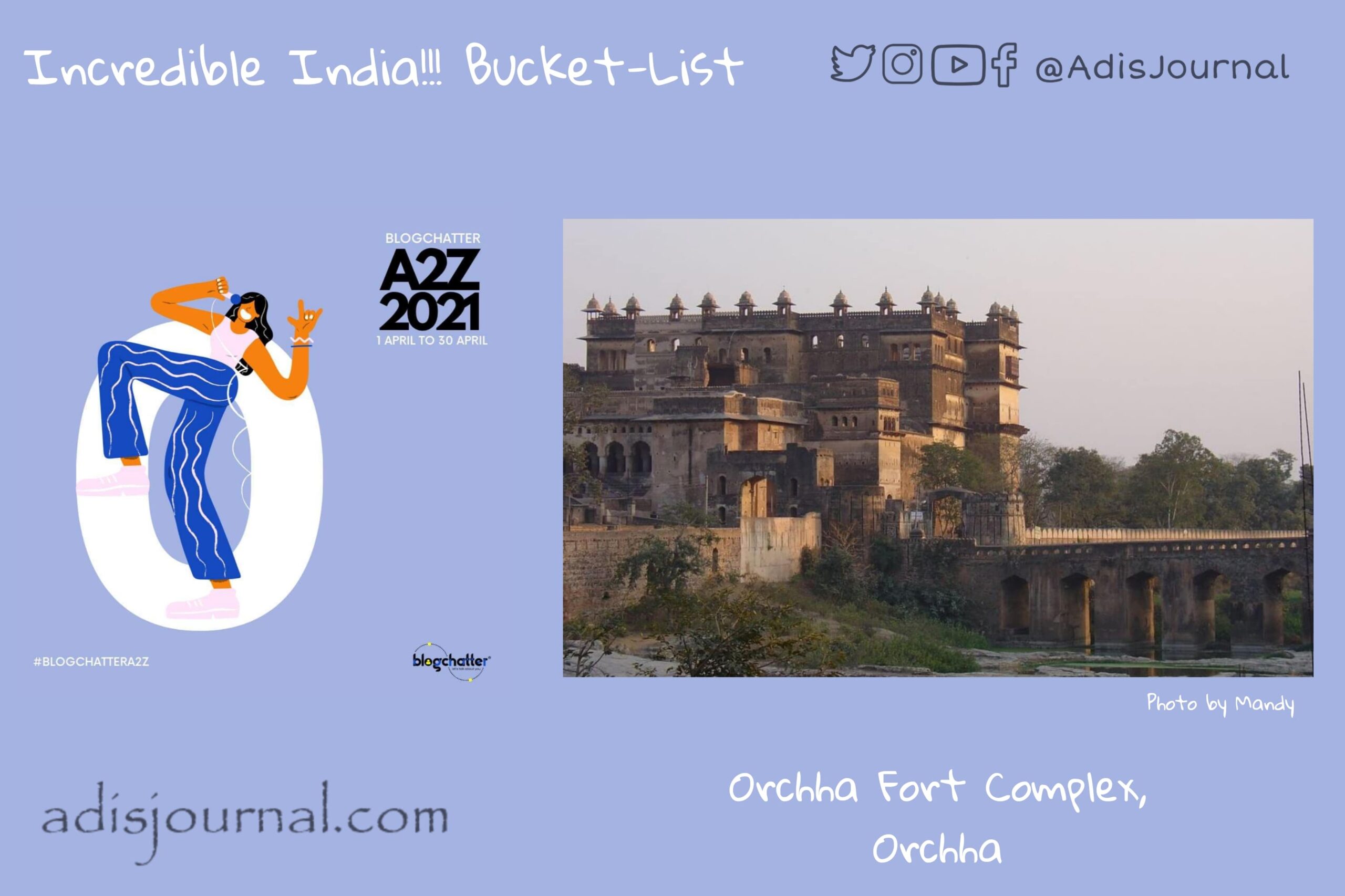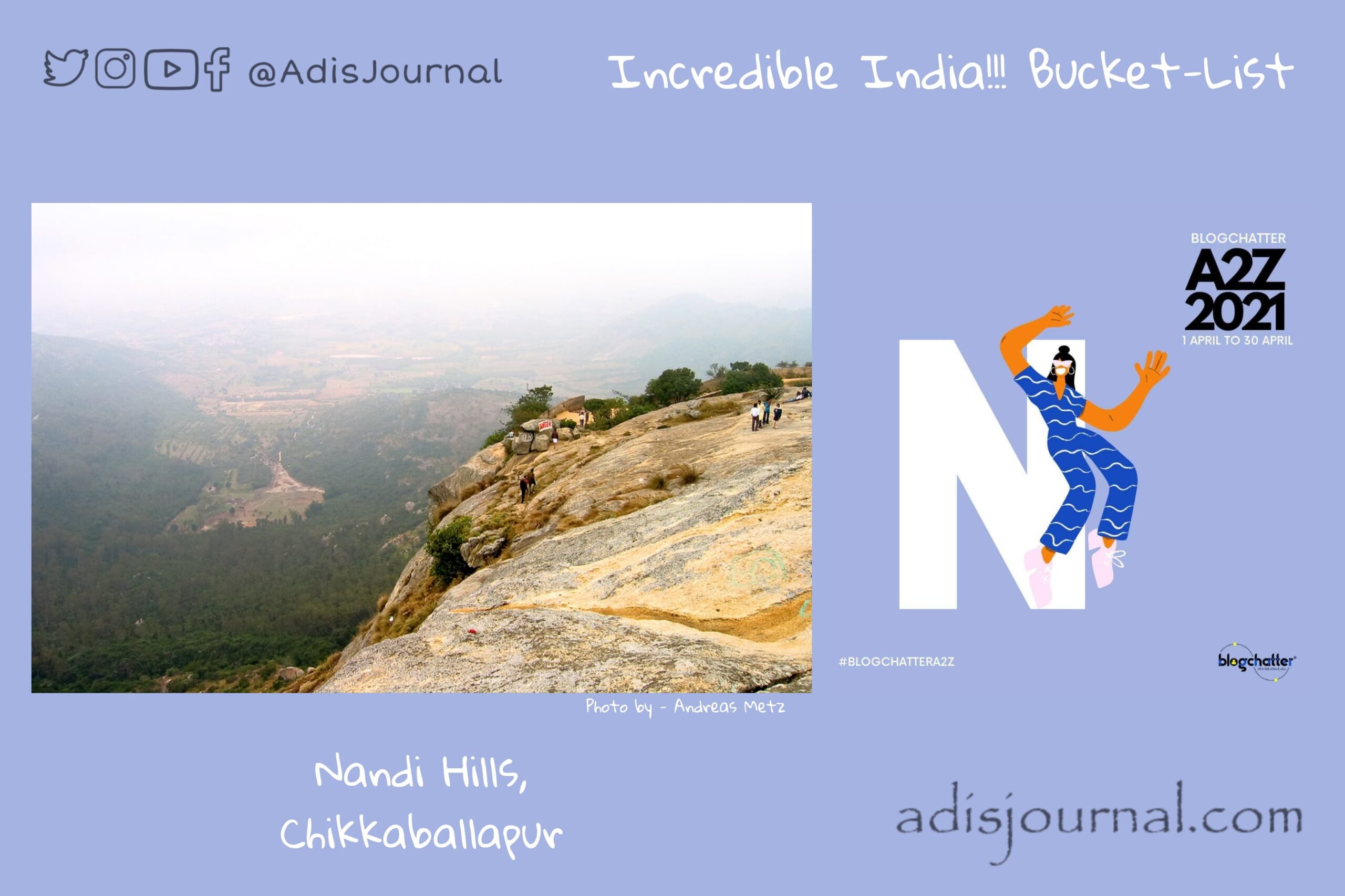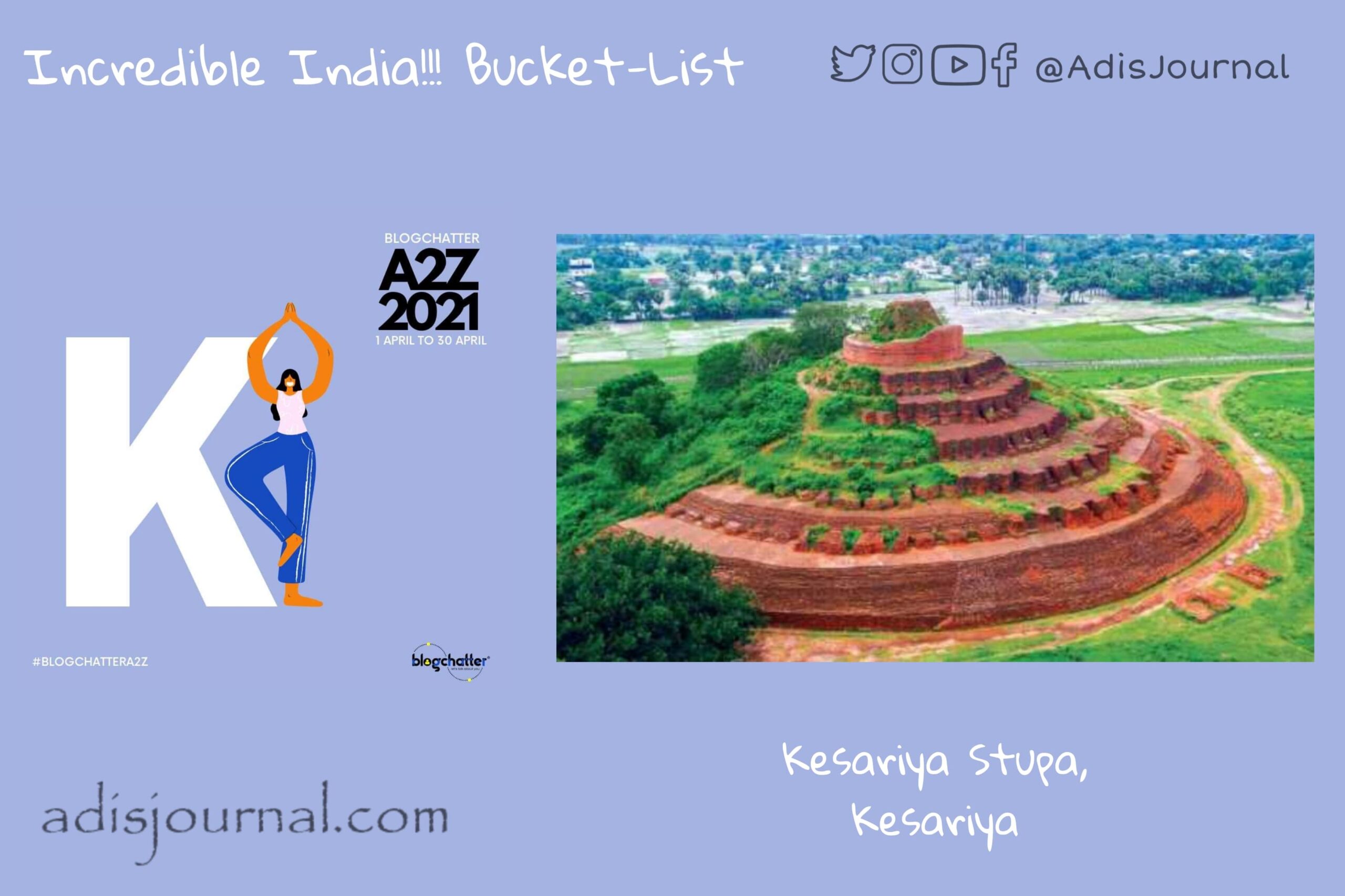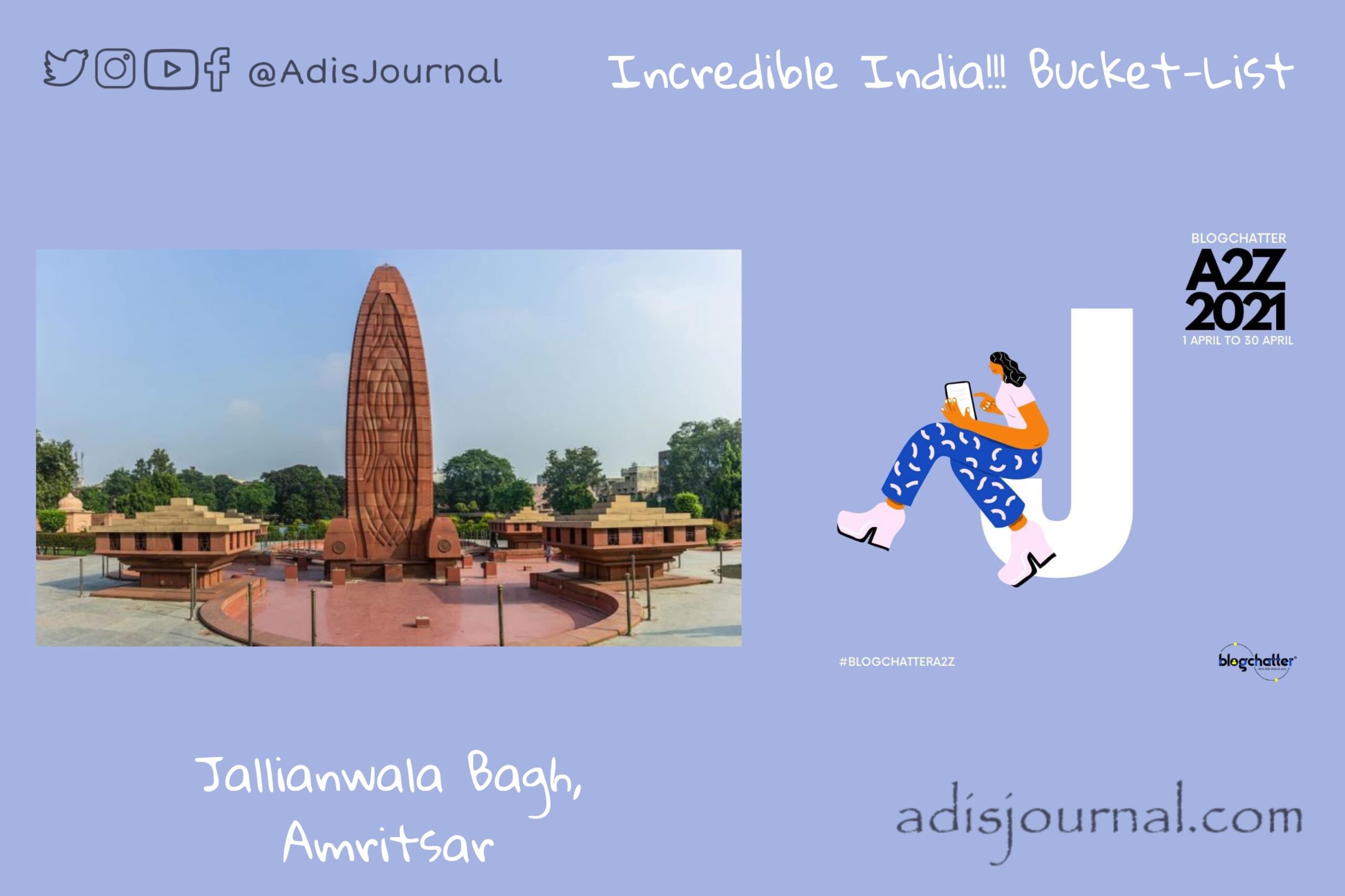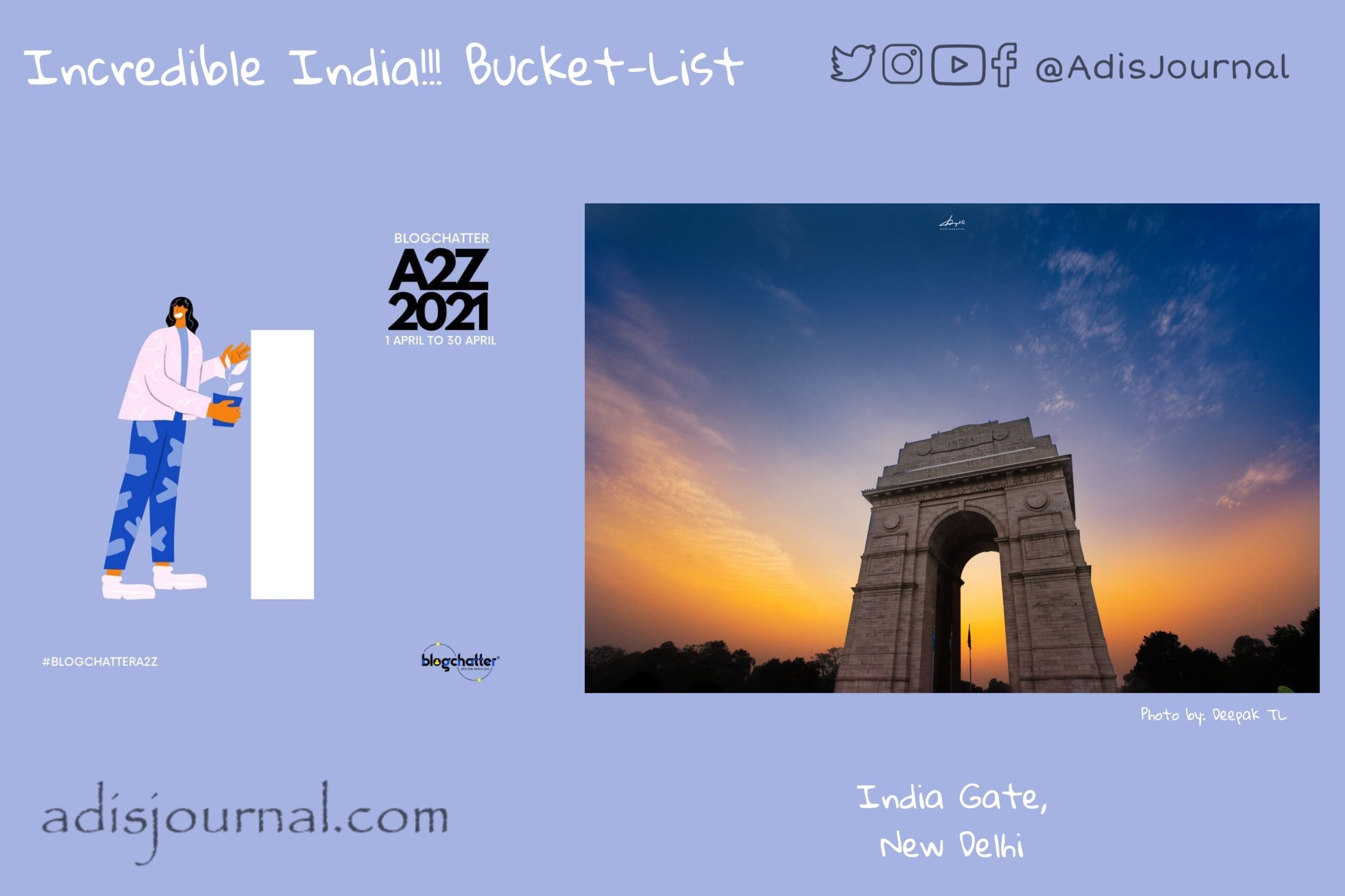
Before our independence, India was dotted with hundreds of small and big princely states. 565 of them to be precise. Current state of Madhya Pradesh has quite a few of them. We all are aware of big names like Indore, Gwalior and Bhopal. However, today’s destination is from a different princely state of Orchha. We are visiting Orchha Fort Complex from the capital city of Orchha Princely State. Town of Orchha is on the banks of River Betwa and in today’s Niwari District of Madhya Pradesh.
From the pages of history of Orchha
In 1501 CE, Bundela Rajput Rudra Pratap Singh sensed political instability and carved his own kingdom with his fortress at Garh Kundar as power center. In 1531, he moved his capital to the town of Orchha. He died in the same year. His successors in 1570s agreed to become a tributary state of Mughal empire. Later when British raj came, Orchha became a part of a Bundelkhand Agency of the Raj. In the year of 1950, Orchha state merged into the Union of India as a part of Vindhya Pradesh state. Subsequently, Vindhya Pradesh state was merged into the state of Madhya Pradesh in 1956. Orchha fort complex took today’s shape with the building of various palaces over the period of century since its foundation as a capital.

Jahangir Mahal, Orchha – Photo by Vadaykeviv – Copyrights CC BY-SA 3.0 
Paintings in Raja Mahal – Photo by Arun Sagar – Copyrights CC BY 2.0 
Orchha Fort and Bridge – Photo by Mandy – Copyrights – CC BY 2.0 
Palaces in the Orchha Fort complex – Photo by Pavek Suprun – Copyrights CC BY-SA 3.0
Within the Orchha fort complex
As you enter the complex through an arched causeway, you land in a quadrangular open space. This place is surrounded by various palaces, gardens and pavilions. Out of the numerous palaces in the complex, Raja Mahal was the first to be built during the reign of Madhukar Shah (1554 to 1591) and Jahangir Mahal and Sawan Bhado Mahal were built during the times of Vir Singh Deo.
Phool bagh is the royal garden in the fort complex with an underground summer retreat. This summer retreat has a unique cooling system with a water ventilation system. It showers droplets through the roof creating rainfall. Buildings in the complex have a particular style of architecture with projected balconies, windows with intricate jali work and big open terraces.
Once you visit Madhya Pradesh, don’t forget to include Orchha in your itinerary. Other than Fort Complex, it has many other attractions like Royal Chatris, a number of temples and a beautiful Betwa River.
This brings to the I am participating in A2Z challenge with Blogchatter and this is my take on the ‘O’ challenge. “O is for the Orchha Fort Complex, Orchha, Madhya Pradesh”. You can find my other posts from this challenge here.

